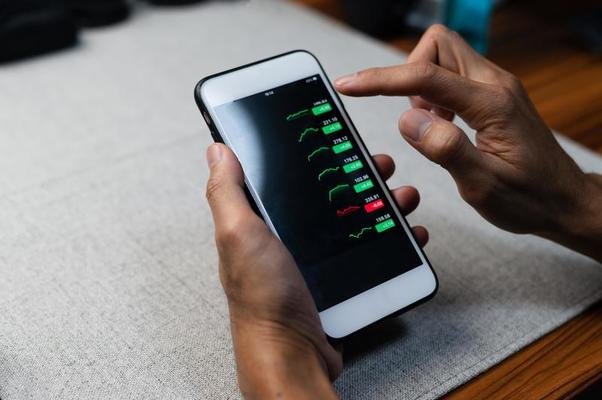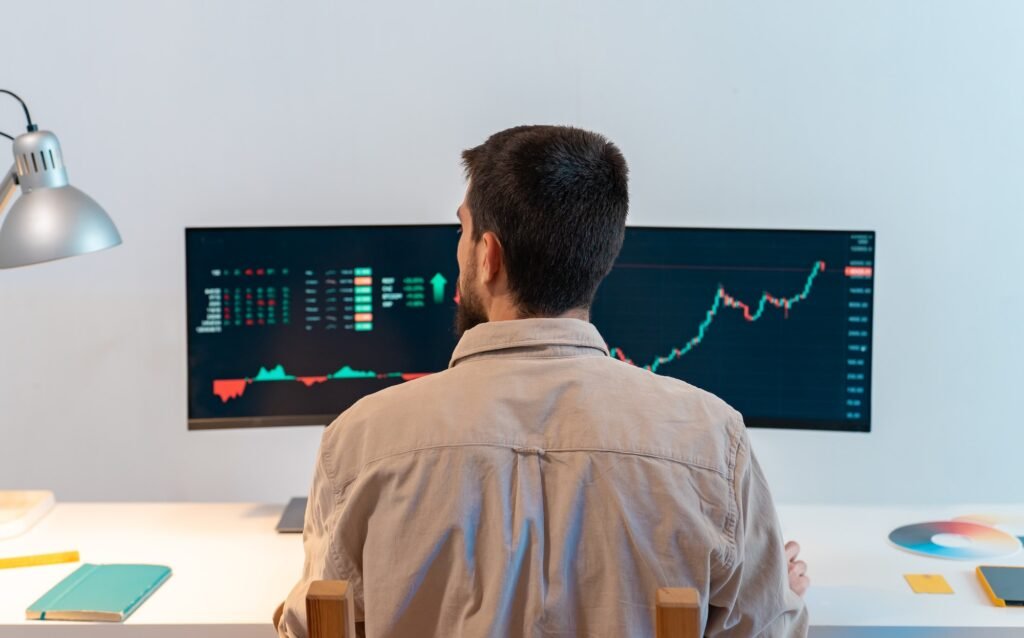“How to Build a Wealth Management Plan That Works”
by in Lorem ipsum dolor sit amet, consectetuer adipiscing elit. Aenean commodo ligula eget dolor....

raj@mbgcard.com
September 18, 2025
Foreign exchange trading, commonly known as forex trading, is the world’s largest financial market, where currencies are bought and sold 24/7. With daily transactions exceeding $6 trillion, it offers immense opportunities—but also risks—for traders. If you’re a beginner looking to step into forex, here’s a clear, step-by-step guide to help you get started.
Forex trading involves speculating on the price movements of one currency against another, known as a currency pair (e.g., EUR/USD, GBP/JPY). You are essentially betting on whether one currency will strengthen or weaken compared to the other.

Major pairs: The most traded, like EUR/USD, USD/JPY.
Minor pairs: Less liquid, such as AUD/NZD.
Exotic pairs: Involve emerging market currencies, like USD/INR.
Each pair has a base currency (the first) and a quote currency (the second).
Pips: Smallest unit of price movement.
Lot size: The number of currency units you trade.
Leverage: Allows you to control larger positions with smaller capital.
Spread: The difference between the buy (ask) and sell (bid) price.
Your broker is your gateway to the market. Check for:
✔️ Regulation and licenses
✔️ Low spreads and commissions
✔️ User-friendly trading platform (like MetaTrader 4/5)
✔️ Fast deposits & withdrawals
✔️ Good customer support
Once you select a broker, create an account and deposit funds. Many brokers offer demo accounts where you can practice trading with virtual money before risking real capital.
There are two main types of analysis:
Technical analysis: Uses price charts, indicators, and patterns.
Fundamental analysis: Considers economic data, interest rates, and geopolitical news.
A balanced trader often combines both.
A good strategy defines:
Entry and exit points
Risk/reward ratio
Stop-loss and take-profit levels
Money management rules
Never trade without a plan—emotion-driven decisions often lead to losses.
Risk only a small percentage (1–2%) of your account balance per trade. Always use a stop-loss to protect your capital. Remember, preserving your funds is more important than chasing profits.
Begin with small trades to build confidence. As you gain experience and refine your strategy, you can scale up your trading size.
Forex trading is a skill that improves with practice and education. Follow financial news, read trading books, join communities, and continuously refine your strategies.
Forex trading offers exciting opportunities for financial growth, but it requires patience, discipline, and proper risk management. As a beginner, focus on building knowledge, practicing on demo accounts, and developing a trading mindset.
With the right approach, forex trading can be a valuable financial skill for the long term.
by in Lorem ipsum dolor sit amet, consectetuer adipiscing elit. Aenean commodo ligula eget dolor....
by in Lorem ipsum dolor sit amet, consectetuer adipiscing elit. Aenean commodo ligula eget dolor....
+91-9966775030
+91-8830844895
info@laxmifx.com
3-5-919 to 925, 105, 2nd floor, balaji arcade, narayan guda, hyderabad -500029
sf5636, building c1-f1, Ajman free zone, ajman (UAE)
Copyright @2025 LAKSHMIFX TRUSTLINE INDIA PRIVATE LIMITED . Powered By MBG Card Pvt. Ltd